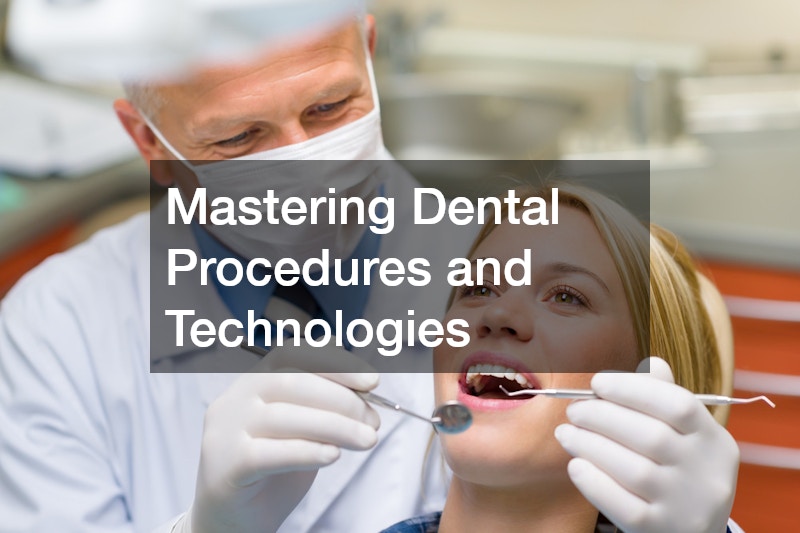As a dental professional, having a thorough understanding of dental anatomy is crucial. This fundamental knowledge allows dentists to accurately diagnose and treat a variety of oral health issues. The basic structure of a tooth includes the crown, the visible part; the root, embedded in the gum; and the neck, where the crown meets the root.
Surrounding these are components such as enamel, the hard outer layer that protects the inner parts of the tooth, and dentin, which lies underneath the enamel. Understanding these structures is vital for any dentist, including those practicing as a dentist in Omaha, NE, to ensure comprehensive patient care.
Beyond the basic anatomy of teeth, dentists must also familiarize themselves with other essential structures within the oral cavity. These include the gums, or gingiva, which provide a protective covering for the teeth, and the alveolar bone, which supports the roots of the teeth. Additionally, the periodontal ligament anchors the teeth to the surrounding bone, providing necessary stability and support during mastication. Recognizing these structures aids in diagnosing periodontal diseases and developing effective treatment plans. Such foundational knowledge is crucial for a dentist aiming to deliver quality care to patients.
For dental professionals, particularly those new to the field, mastering terminologies related to oral anatomy can provide a solid foundation for further learning and specialization. Terms like “occlusion,” referring to how teeth align when the jaws are closed, and “malocclusion,” the misalignment of teeth, are integral to diagnosing many dental conditions. Clarity in these terminologies enhances communication with colleagues and patients, ensuring expectations are clearly understood. Dentists in Omaha, NE, and around the world benefit from this knowledge, enabling them to educate patients effectively about their oral health and necessary treatments.
Recognizing Dental Pathologies
A comprehensive understanding of dental pathologies allows dentists to effectively treat a variety of common and complex oral health issues. Recognizing caries, more commonly known as cavities, involves identifying areas where tooth enamel has decayed due to acid-producing bacteria. Gingivitis, a condition characterized by inflamed, bleeding gums, is another widespread issue that requires prompt attention to prevent progression to periodontitis. Additionally, understanding the implications of oral pathologies such as bruxism, which involves teeth grinding, is critical for long-term oral health strategies. Each pathology requires a particular diagnostic approach and treatment planning to ensure patient care is optimized.
Appreciating more advanced dental pathologies is also important for any practicing dentist. Conditions like oral cancer present serious health implications and necessitate early detection for effective management. The role of a dentist extends beyond treatment; it includes active monitoring for signs of these pathologies during routine visits. Understanding the potential causes—such as tobacco use, alcohol consumption, and HPV infection—enables dentists to educate patients on preventive measures. By being vigilant, dentists can contribute to reducing the incidence and impact of these serious conditions. An informed dental practice is crucial, even for those working as a dentist in Omaha, NE.
Chronic dental diseases such as periodontitis demand a multifaceted approach to care. Knowledge about its systemic connections with conditions like diabetes and cardiovascular disease is essential for comprehensive patient management. Dentists must cultivate skills in both recognition and intervention, utilizing techniques such as periodontal charting and scaling procedures. Keeping abreast with evolving treatment modalities and understanding the link between oral and systemic health is vital. This continual learning allows dentists to serve as primary guardians of not only oral health but also overall well-being, an indispensable role in every community.
Mastering Dental Procedures and Technologies

An adept dentist must be proficient in a wide array of dental procedures. Basic procedures such as prophylaxis—the professional cleaning of the teeth to control plaque and tartar—are routine yet fundamental. Addressing emergencies, like tooth extractions and root canals, requires a precise balance of technical skill and patient care. Understanding and utilizing dental instruments with efficacy is necessary across all these procedures. For a dentist in Omaha, NE, and elsewhere, proficiency in these fundamental procedures enhances patient satisfaction and clinic reputation.
Advanced dental technologies are reshaping the landscape of dental care, necessitating ongoing education for dental professionals. Developments such as intraoral scanners, 3D imaging, and laser dentistry have revolutionized precision and patient comfort. Familiarity with these technologies not only improves procedural outcomes but also enhances patient communication by offering clearer visual representations of oral health conditions. By integrating these technologies into practice, dentists can offer cutting-edge care that meets the highest standards. Staying abreast of these advances is essential for competitive practice in today’s fast-evolving dental environment.
Tele-dentistry, emerging as a crucial component of dental care, has been particularly transformative. This technology allows for remote consultations and monitoring, expanding access to dental services and improving patient convenience. Practicing effective tele-dentistry involves understanding the nuances of virtual patient care and managing digital communication tools efficiently. It connects practitioners with broader patient demographics, especially in underserved areas. The integration of tele-dentistry signifies the evolving role of the dentist, one that remains adaptable to technological advancements and changing patient needs.


